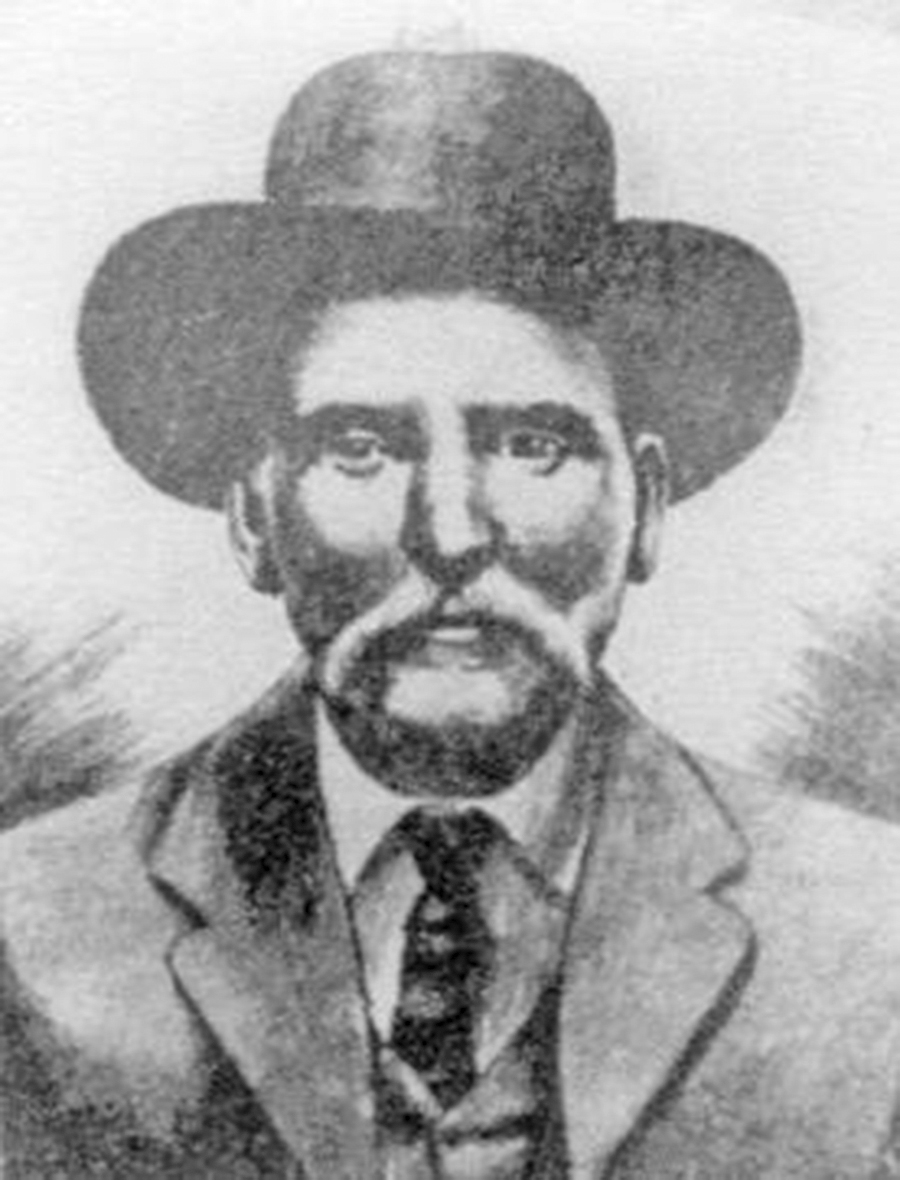Andrew Jackson Beard was an African American inventor, who introduced five improvements to the automatic railroad car coupler in 1897 and 1899 and was inducted posthumously into the National Inventors Hall of Fame in Akron, Ohio in 2006 for this achievement. These are his notable achievements and safety legacy but let’s learn more about the man and his life.

Andrew Jackson Beard was born to William and Martha Harris Beard on May 29, 1849, in Woodland, Alabama. He had two brothers and five sisters. He spent the first 15 years of his life as a slave on a small plantation in East Lake, Alabama. Prior to the end of the Civil War, Beard was emancipated and released from bondage.
A year later, he married Edia Beard, and they had three sons. He became a farmer and sharecropper on a farm in Pinson, Alabama. He later purchased an 80-acre farm near Center Point, Alabama.
After making a very long three-week trip to Montgomery, Alabama to sell some bushels of apples off an ox cart, he made the decision to become a business owner. He took up roots and moved his family to St. Clair County, Alabama where he built and operated his own flour mill just outside of Birmingham, Alabama. The mill was very successful for many years.
Though Beard had no formal education he was self-taught and had a very keen mind and innovative spirit. After becoming a successful businessman, he began to explore other interests. In 1881, he patented a new double plow which allowed one to adjust the distance between the plow plates (U.S. patent 240,642) which he sold in 1884 for $4,000. This amount is equivalent to around $130,000 in today’s market. He made the decision to return to farming.
In 1887, he designed and patented a second double plow which he later sold for $5,200. In today’s market, his sales would be equivalent to $170,000. He took his profits from his two patent sales and decided to go into real estate. Again, Beard became a successful businessman earning about $30,000. He would continue his innovative projects and in 1892, filed a patent for a new type of rotary steam engine.
Word spread about Beard’s mechanical abilities. He received competing offers for his employment and worked varied jobs before taking a job with the Alabama & Chattanooga Railroad. This was during a time the railroad industry was booming with little or no safety measures for workers. The railroad owners were making huge profits at the expense of their labor force. Railroad workers then had to brace themselves between railroad cars and couple the cars together manually.
One railroad worker was assigned to the dangerous job of squeezing in between the two cars at the right moment and securing the connection with a large pin. This process was known as “coupling.” Most of the workers lost at least one finger, whereas many lost a hand or a limb, particularly arms. Beard became a casualty of this type of coupling injury and lost a leg.
He decided to invent a safer method of connecting railroad cars and came up with a device known as the “Jenny Coupler” (It should not be confused with the Janney Coupler invented by Eli Janney and patented in 1873). Beard’s “Jenny Coupler” eliminated human involvement between the cars by engaging horizontal jaws that automatically locked together when two cars bumped into each other. He patented his invention on Nov. 23, 1897. This former slave sold his revolutionary invention back to the railroad in 1897 for $500,000. This sum is equivalent to $1.8 million in today’s market.
In 1897, Congress passed the Federal Safety Appliance Act, which made it illegal to operate any railroad cars without the automatic coupler. This invention would become his most famous invention and dramatically reduced serious injuries and the loss of lives of railroad workers. Modern versions of his coupler are still in use today.
After the sale of his “Jenny Coupler” patent, he purchased real estate in Jefferson County and started a taxi service. Reportedly this brilliant man became impoverished in his last years. Beard died in obscurity at the Jefferson County Alms House on May 10, 1921, and was buried in an unmarked grave in the Woodlawn Cemetery.




